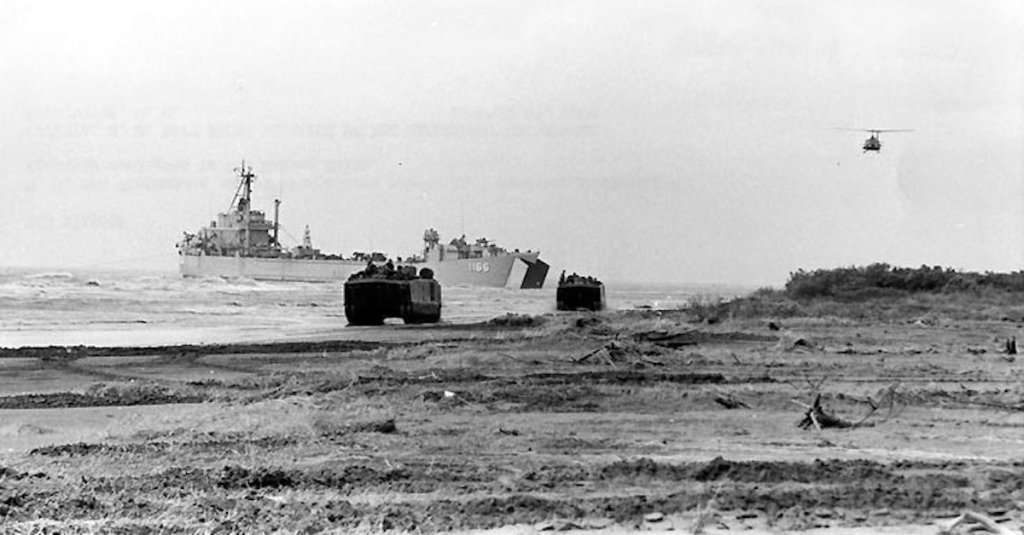On Jan. 6, 1967, Operation Deckhouse V was launched in the Mekong Delta during the Vietnam War.
The ten-day sweep was a joint operation coordinated between the United States Marine Corps and the Republic of Vietnam Marine Corps. It was a combined amphibious operation with the objective of securing communist ammunition dumps, ordinance and engineering workshops, hospitals, and other strategic centers.

The amphibious assets were supported by a mixed force of UH-34 and CH-46 helicopters operating from the USS Iwo Jima. Lasting until Jan. 15, Deckhouse V was a complex logistical campaign that produced underwhelming results.Twenty-one Viet Cong were killed, two small arms workshops were destroyed, and forty-four weapons were confiscated, but seven U.S. Marines and one Vietnamese Marine died.
There were a number of complications that contributed to the lackluster mission results. Some participants blamed information leaks, including a possible Philippine radio station broadcasting Marine departures from Subic Bay. Others blamed the execution or the rough seas. The nature of joint operations also complicated the mission; whereas amphibious doctrine calls for Navy and Marine Corps aircraft, the location of Deckhouse V dictated that all air support come from the Seventh Air Force, adding to the logistical strain.
Featured Image: U.S. and South Vietnamese combat troops move ashore during ‘Operation Deckhouse V’ in the Mekong Delta. Two U.S. Marine Corps amphibious tractors are moving along the beach in the foreground, with a UH-1 helicopter approaching at right. USS Washtenaw County (LST-1166) is in the background. (Department of Defense image)


